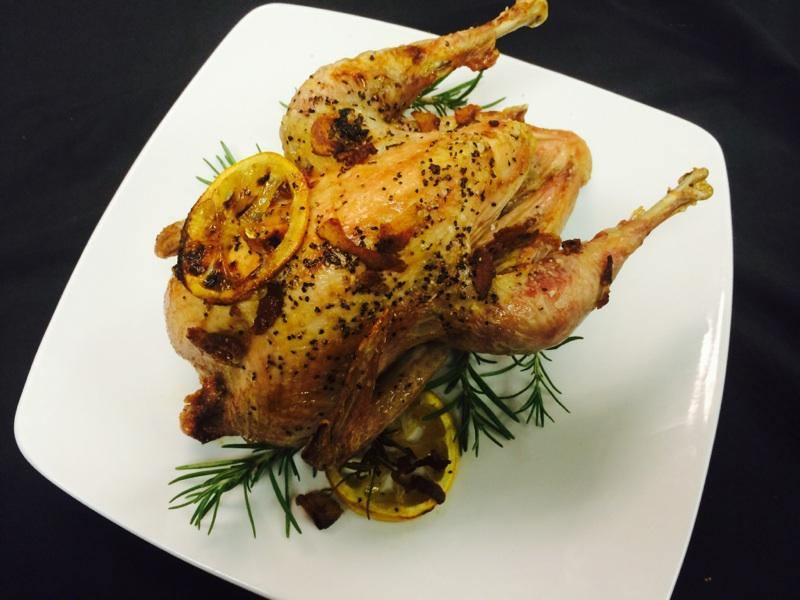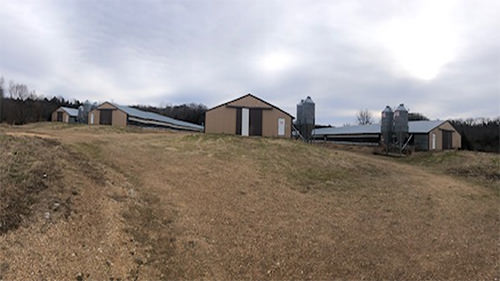Raising Hungarian Partridges is Challenging and Exciting!
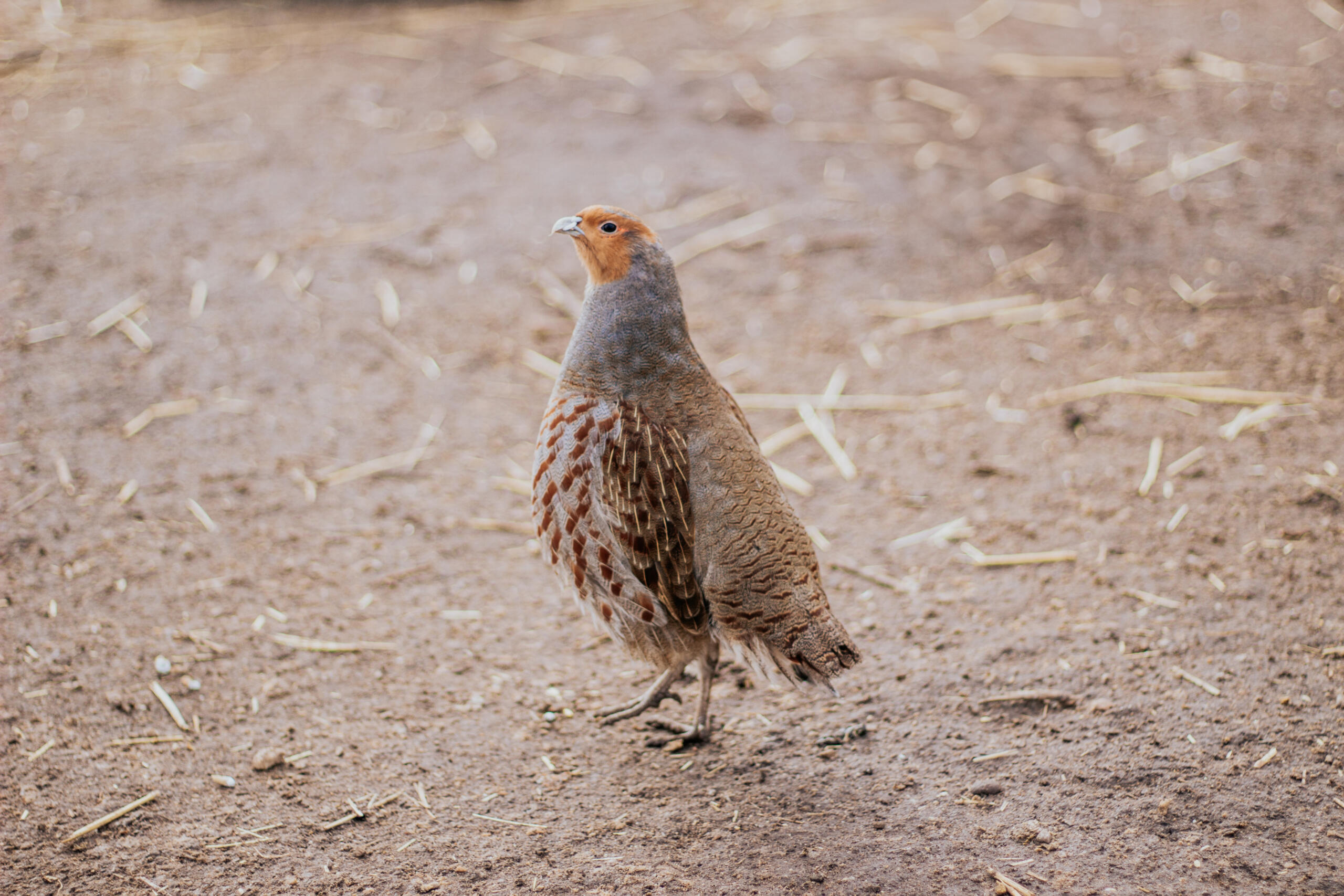 MacFarlane Pheasants raised Hungarian Partridges from the 1990s through 2024. Here’s more detail on how previously imported and raised these birds.
MacFarlane Pheasants raised Hungarian Partridges from the 1990s through 2024. Here’s more detail on how previously imported and raised these birds.
We previously purchased eggs from France and hatched them in our hatchery. We generally raised about 50,000 of these beautiful birds each year at MacFarlane Pheasants.
The Hungarian Partridge is also known as a gray partridge, an English Partridge, and are often just called Huns. They are a small bird with a short neck and tail. Juvenile Huns are pale brown with some darker streaks. Mature birds develop a dark reddish patch on the belly, a brown back, and chest, and have chestnut coloring on the flanks. They also develop a reddish hue on the face and throat.
Raising Hungarian Partridges is more challenging than raising pheasants because they are a much smaller bird. A baby chick is about the size of a quarter! Full-grown Huns weigh about one pound and are about 12 inches long.
Once our Hun eggs hatched, we raised them on a table for the first week because they were so tiny. Then we move them to the A room where they would spend the next few weeks, rapidly growing until it was time to be bitted and moved to the B room. They stayed in the B room until they were big enough to be moved outside at 6-8 weeks. Hungarian Partridges are mature at 20 weeks.
The tables where chicks were first placed after hatching were covered with wire mesh and plastic siding, and had between 250 and 300 chicks on each table. We had an electric brooder over each table to keep the chicks warm. By day two, the chicks double in size! On day three, small feeders were placed on each table and mason jar waterers. The feed is ground very fine, almost like powder. The feed is kept very fine for about 12 days. Every couple of days, change the type of waterers used. We transitioned from the mason jar waterers to one-gallon waterers before they were moved into Room A. In Room A, we switched out the drinkers every morning, and water was topped off every afternoon and night. We made the feed slightly coarser at around days 12-18. The Huns were moved to room B at about four weeks, and on day 18 the Huns began eating a fine crumbled food.
Since Huns are flightier birds, keep their lights lower in the barns and always walk the barns in the same direction, so they don’t get spooked and fly, all the time. Take these precautions to avoid stressing them because stress can affect mortality.
Sometimes Huns pick at each other to establish a pecking order. But most of the time, picking is due to stress, from not getting enough feed, or water, or maybe not having enough space in the pen. Overcrowding birds is a significant reason for picking. Make sure Huns do not get stressed by giving them constant attention and following basic procedures.
Molting is another attribute of Huns. Molting happens when a bird loses its old feathers to make way for new feathers to grow. It happens naturally and it can also happen due to stressors, like picking. But Huns, unlike pheasants, will sometimes go through a winter plumage molt, naturally, when they are 5 months old.
You can’t do anything about natural molting. You can check and make sure it’s not stress-related by checking all causes of stress. But, for the most part, just let it run its course and watch as the molting ends and their beautiful feathers grow to maturity.
Related Posts

Preparing Our Barns & Pens Each Spring
Read Post
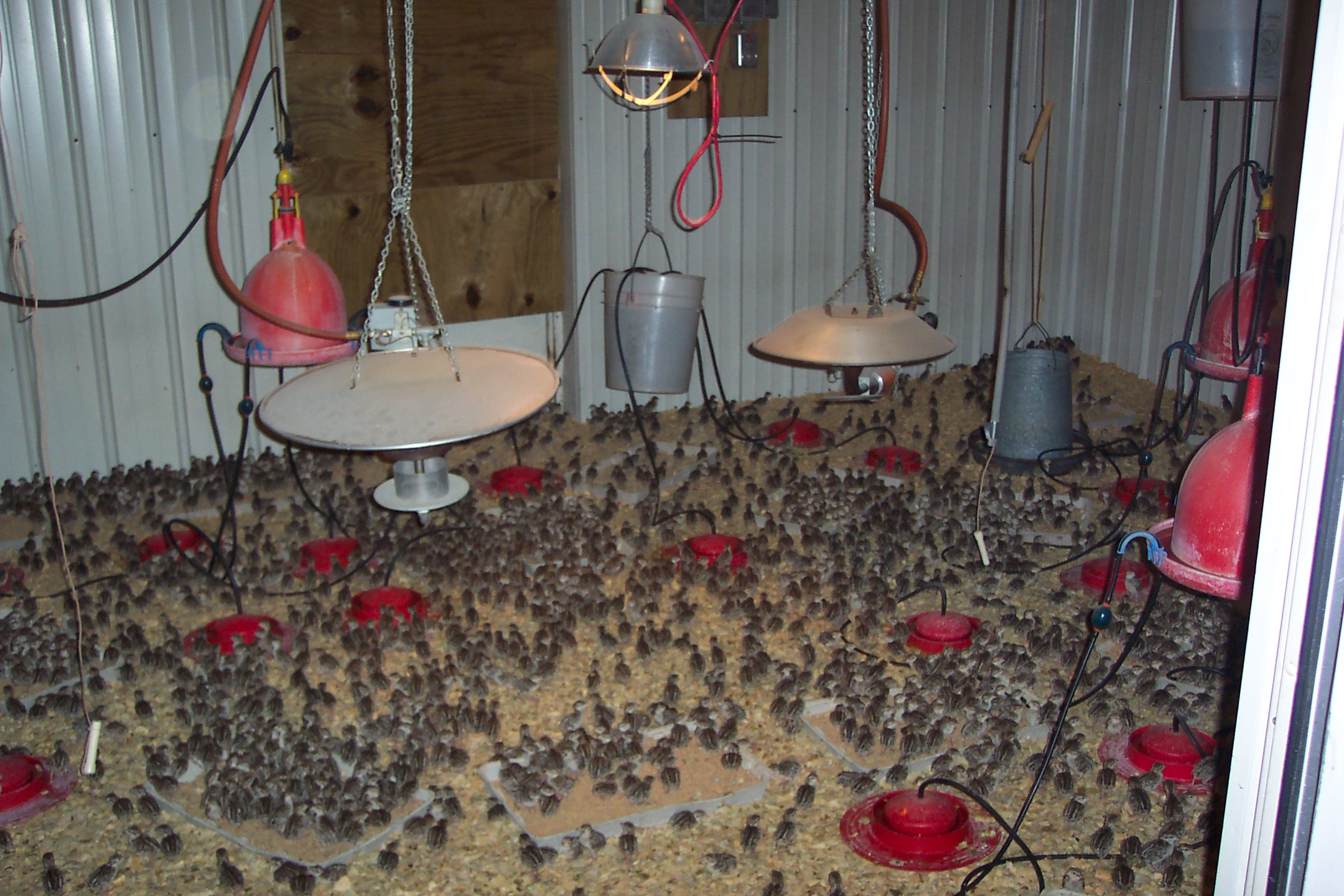
How We Prepare For Brooding Our Chicks
Read Post
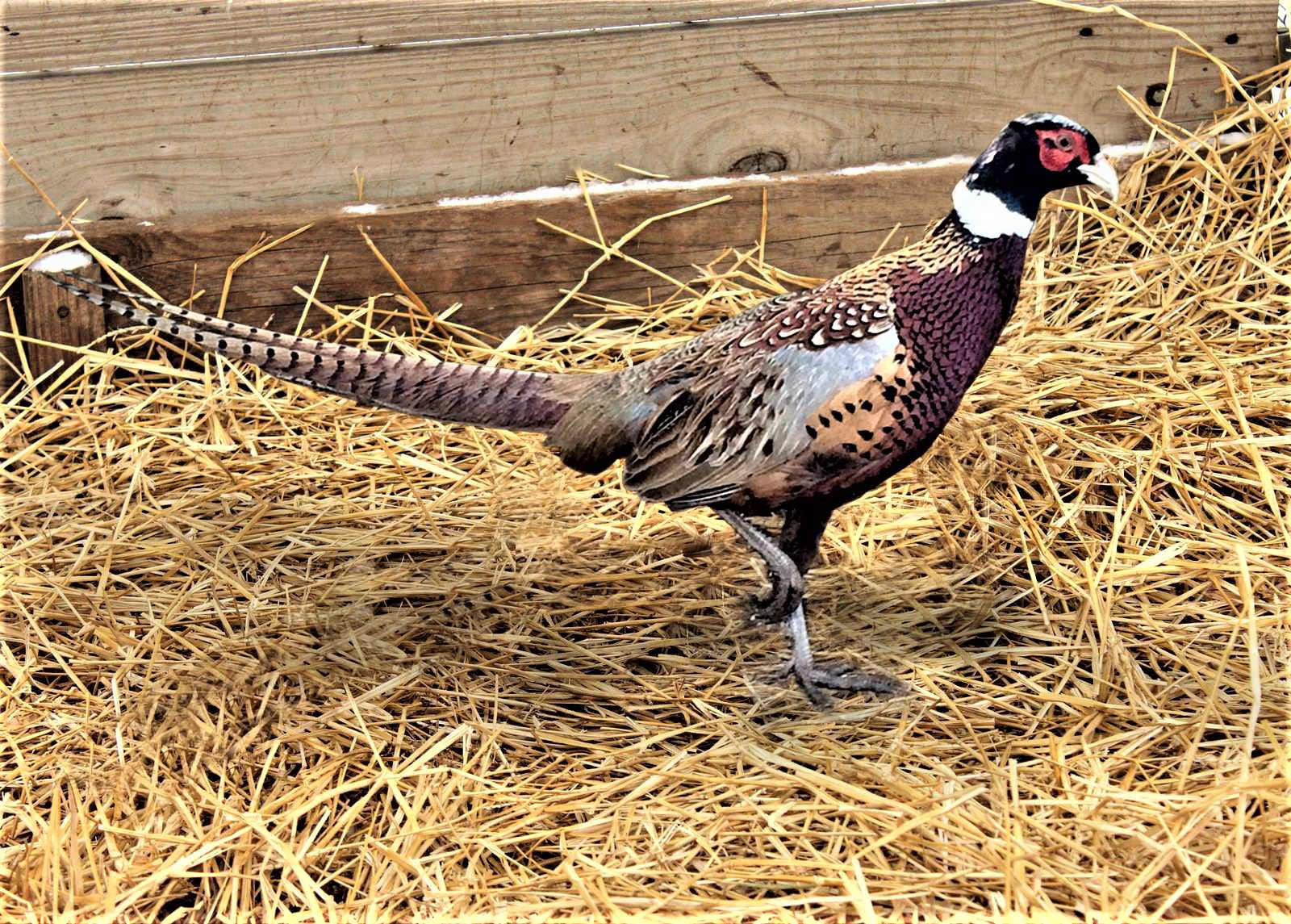
Our Milton Farm in 2024!
Read Post
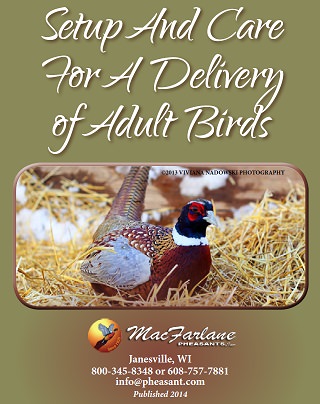
10 Steps to Prepare for a Delivery of Mature Game Birds
Read Post

10 Ways To Get the Most Out Of Brooder Barns
Read Post

4 Steps to Keeping Pheasants Healthy in Winter
Read Post
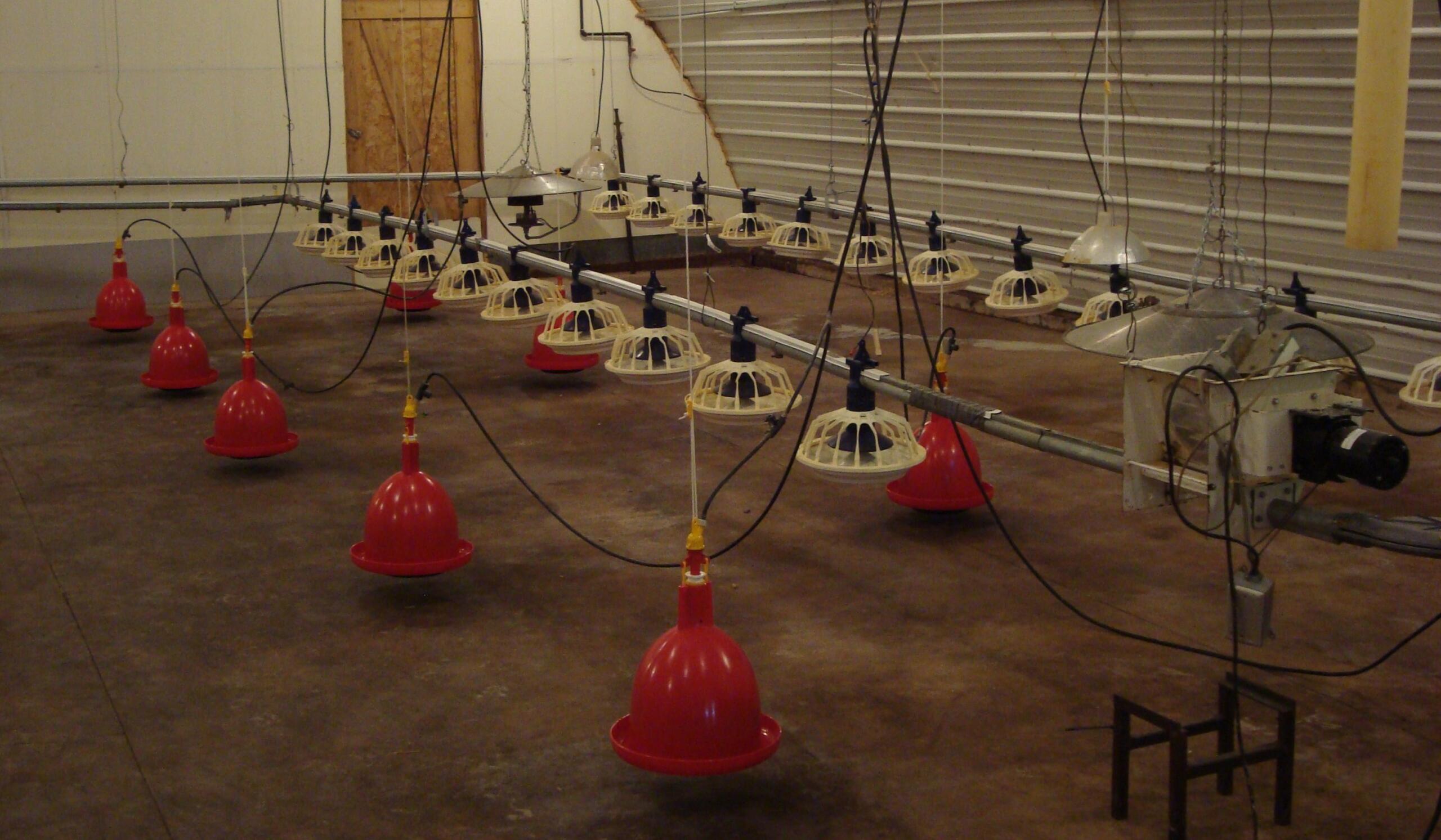
6 Feed and Water Procedures to Keep MacFarlane Pheasants Healthy
Read Post
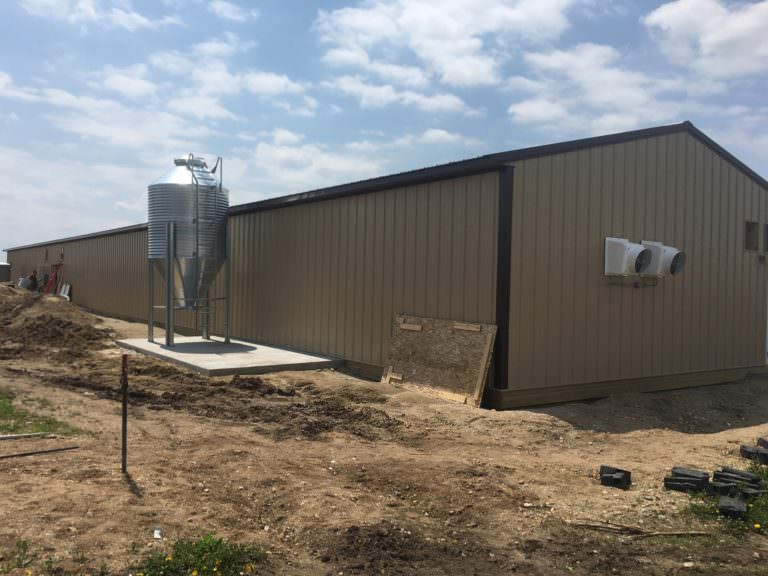
Air Flow in Barns
Read Post
Take Advantage of These Free Resources
As the biggest game bird farm in the United States, we want to share our experience with you. Download our free resources below and get started.

